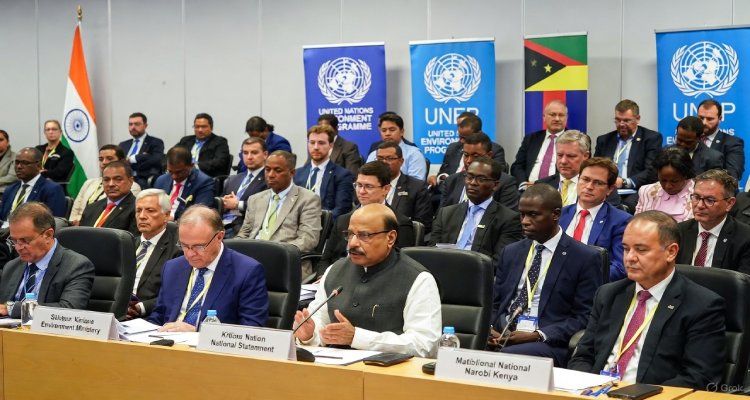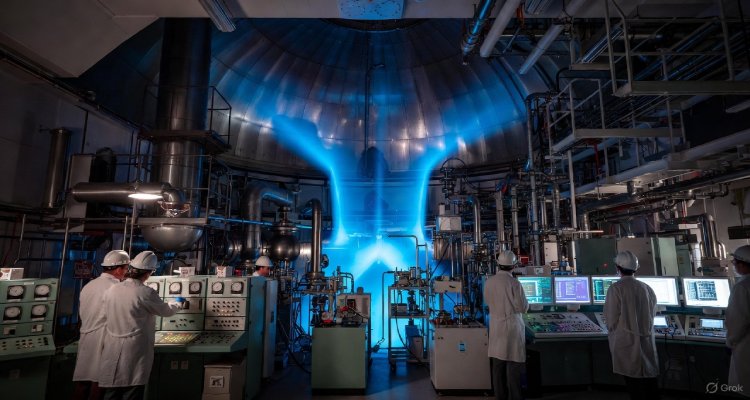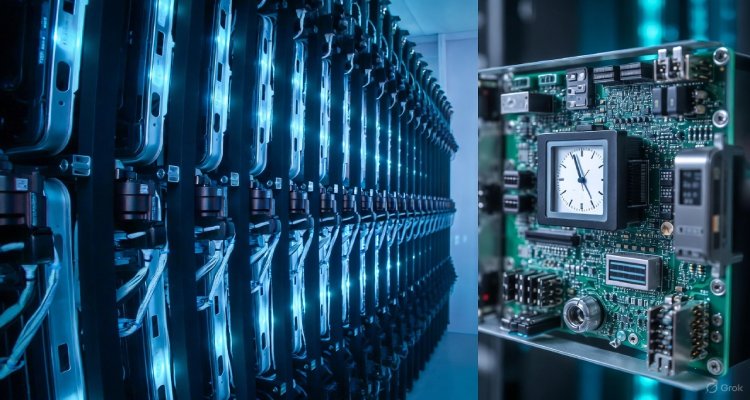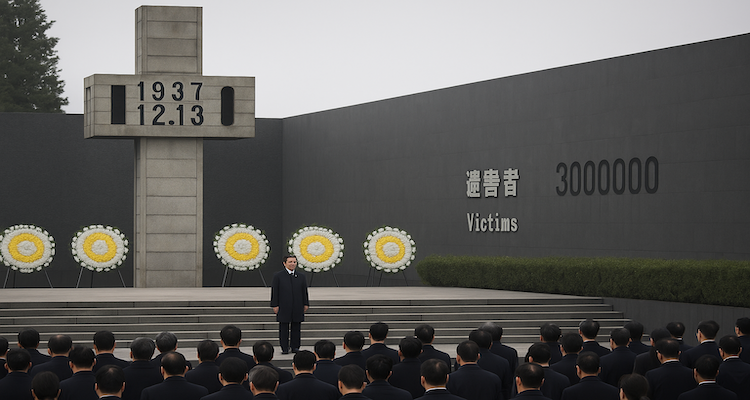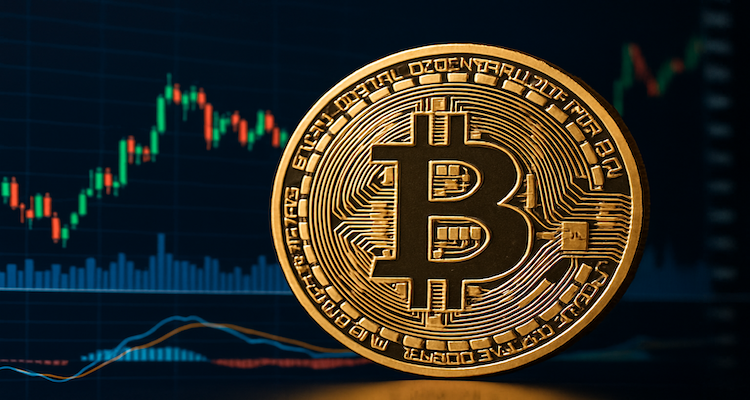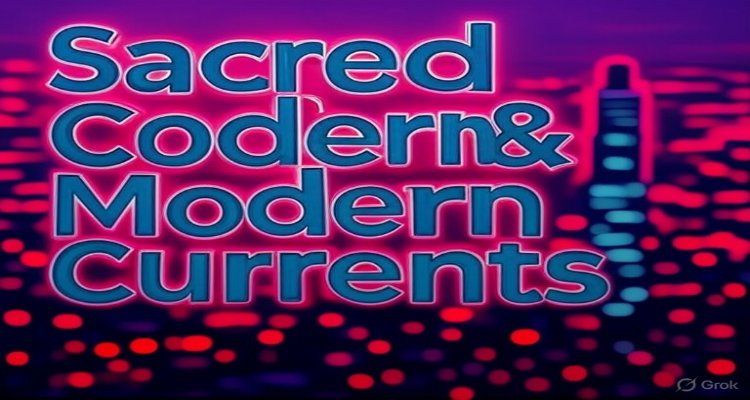Sacred Codes & Modern Currents
Exploring the intersection of ancient wisdom and modern technology, where sacred codes influence digital currents shaping culture and consciousness.
Introduction: The Pulse Between Past and Present
In today’s hyperconnected world, the hum of electricity and the glow of screens dominate daily life. Yet beneath the circuits and algorithms lies an echo from the past: sacred codes—symbols, patterns, and philosophies once etched into scriptures, rituals, and oral traditions. These codes, though ancient, are finding new resonance in the digital age, where modern currents of technology and thought intertwine with humanity’s oldest quest for meaning.
Context & Background: Decoding the Sacred
Across cultures, codes have long been sacred. From the mandalas of India, which symbolize cosmic order, to the binary-like patterns of the I Ching in China, humans have sought to understand the universe through structured sequences. Sacred codes often represented more than belief—they functioned as systems of knowledge, guiding architecture, medicine, and governance.
In modern times, another code—binary—emerged as the foundation of digital life. Just as ancient codes promised order within chaos, the 1s and 0s of computing became the new universal language. The question that arises is whether our technological systems are unconsciously reviving humanity’s age-old fascination with patterns of meaning.
Main Developments: Where Ancient Wisdom Meets Digital Streams
The parallels between sacred codes and modern currents are striking. Consider blockchain technology: decentralized ledgers echo ancient traditions of collective memory, where communities inscribed sacred texts or laws on stone to ensure permanence. Similarly, artificial intelligence models mirror the interpretive nature of oracles, trained to analyze signs and generate insights.
In finance, encrypted codes safeguard global currencies, resembling the role of sacred seals once used by monarchs and priests to authenticate power. Meanwhile, neuroscience and quantum physics are finding inspiration in philosophies rooted in Vedic or Taoist traditions, blending spiritual inquiry with scientific exploration.
Expert Insight & Public Reaction
Dr. Ananya Rao, a cultural historian, explains:
“When we look closely, we find that codes—whether in Sanskrit shlokas, genetic sequences, or machine languages—are attempts to bridge the known with the unknown. The sacred was the ancient attempt at coding reality. Today, technology does the same, though in a different medium.”
Public sentiment, too, reflects a hunger for this connection. Tech communities are increasingly exploring mindfulness, cryptographers are borrowing metaphors from ancient geometry, and everyday users find meaning in digital symbols like emojis that echo hieroglyphs of the past. The fusion of sacred codes with modern currents is less about nostalgia and more about continuity.
Impact & Implications: A Future of Hybrid Codes
As technology advances, the integration of ancient wisdom into modern systems is likely to deepen. Digital well-being apps already incorporate meditation practices rooted in Buddhist traditions, while blockchain-based cultural archives preserve oral stories of indigenous communities. This merging could reshape education, ethics, and governance—balancing efficiency with empathy.
However, there are challenges. Critics warn against the commercialization of sacred traditions and the oversimplification of complex philosophies into soundbites. The task ahead is not to reduce sacred codes to mere branding but to allow them to guide technology toward more human-centered purposes.
Conclusion: Toward a Conscious Current
“Sacred Codes & Modern Currents” is more than a metaphor—it is a reality shaping our present. As we stand at the crossroads of rapid digital expansion and timeless spiritual wisdom, the task is to ensure that technology does not strip life of meaning but enhances it. The sacred, once confined to temples and scriptures, now flows through fiber-optic cables and quantum experiments.
Perhaps the future lies not in choosing between the ancient and the modern, but in weaving both into a new narrative—where code is not just about machines, but about consciousness itself.
Disclaimer :The content of this article is intended for informational and educational purposes only. It explores cultural, historical, and technological themes without promoting or endorsing any specific spiritual belief, religious practice, or technological product. Readers are encouraged to seek professional advice or scholarly sources for deeper study.



